Dragonfly Camp
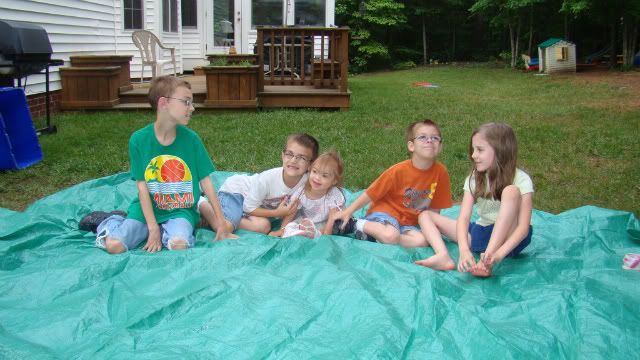

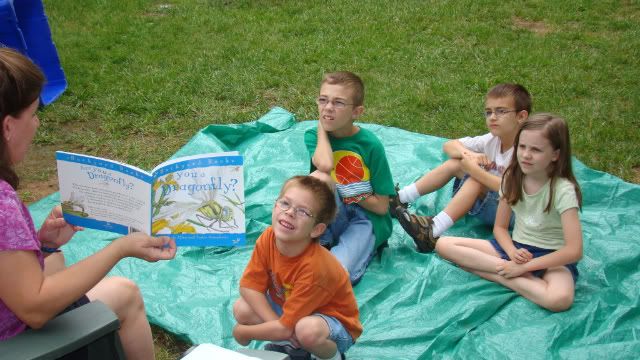
While we were hosting camp, Christopher helped out by playing with our younger non-campers. It was nice for all of us!
We also read from the book Bugs and Spiders - the two page spread on dragonflies.
Next we covered a variety of facts about dragonflies. We found this site to be a helpful one. Some of our activities had the children acting like dragonflies.
We learned that a dragonfly sheds its skin as it grows - at least 4 times. We layered 4 layers of clothing on the children and had them shed their skin.
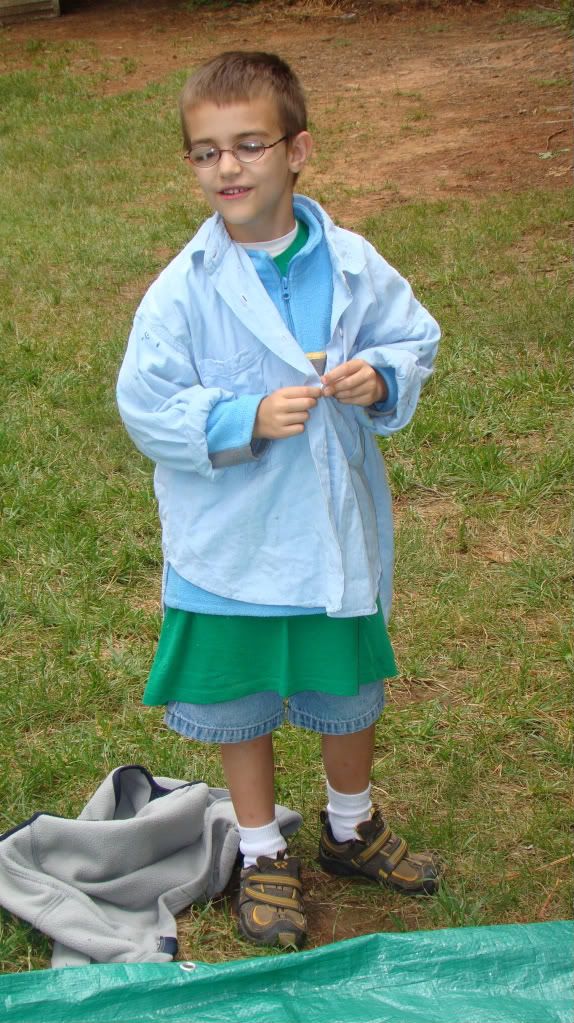
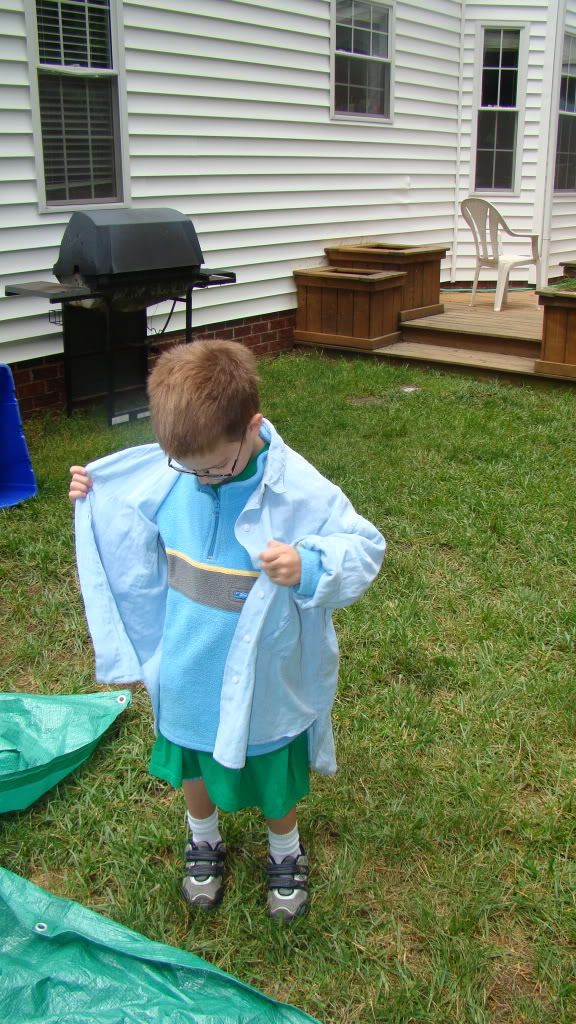
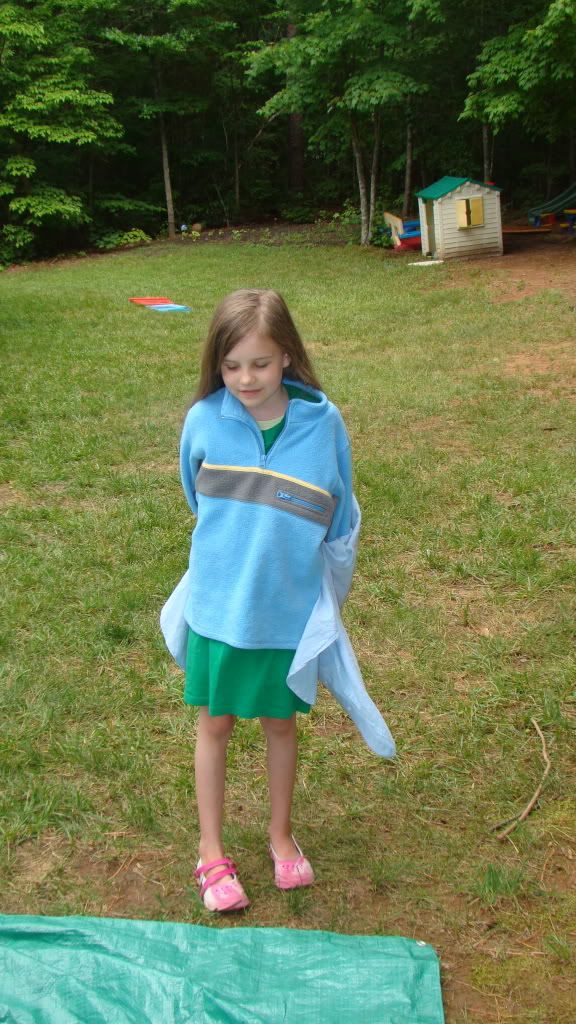
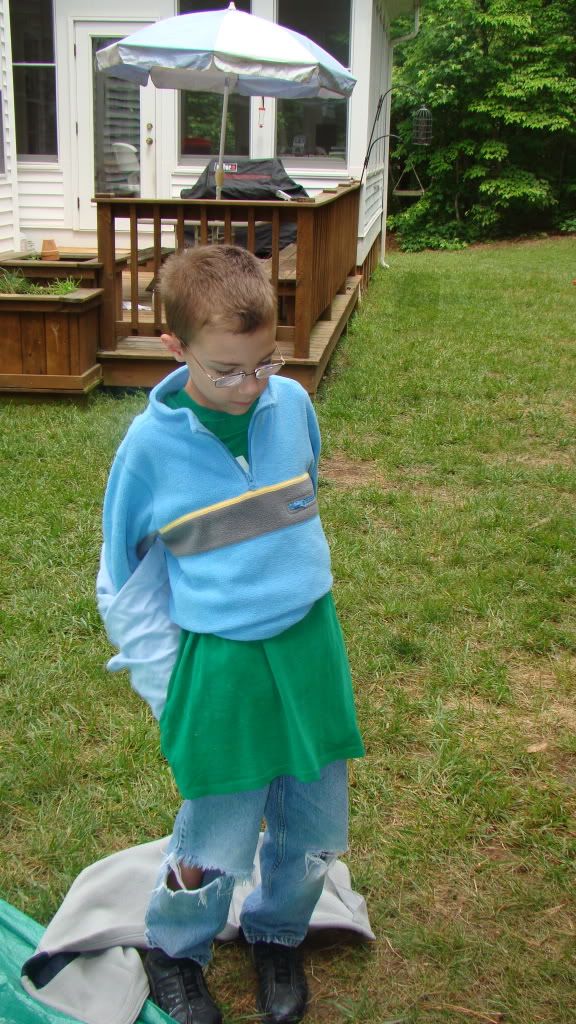
We also learned that dragonfly eyes contain up to 30,000 individual lenses. Human eyes only one. They have 360 degree vision. Isn't that amazing?! We had the children stand together to see how many of them it would take to get 360 vision. It took 3 to get it from a circumference perspective, but this still didn't get up and down without moving their heads.

Dragonflies have two sets of wings. They don’t have to beat their wings in unison like other insects do. Their front wings can be going up while their backs ones are going down.
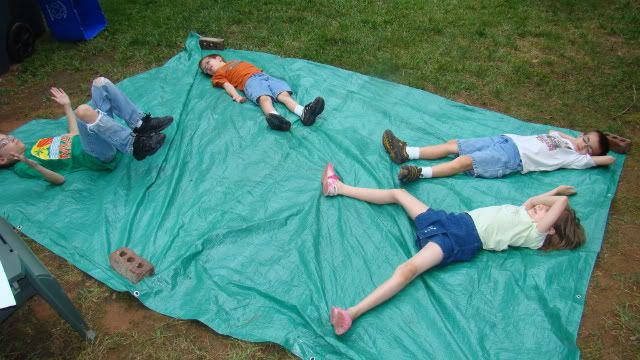

Dragonflies flap their wings at about 30 beats per second compared to a bee’s 300 bps. We timed the children to see how long it would take them to flap their arms 30 times.
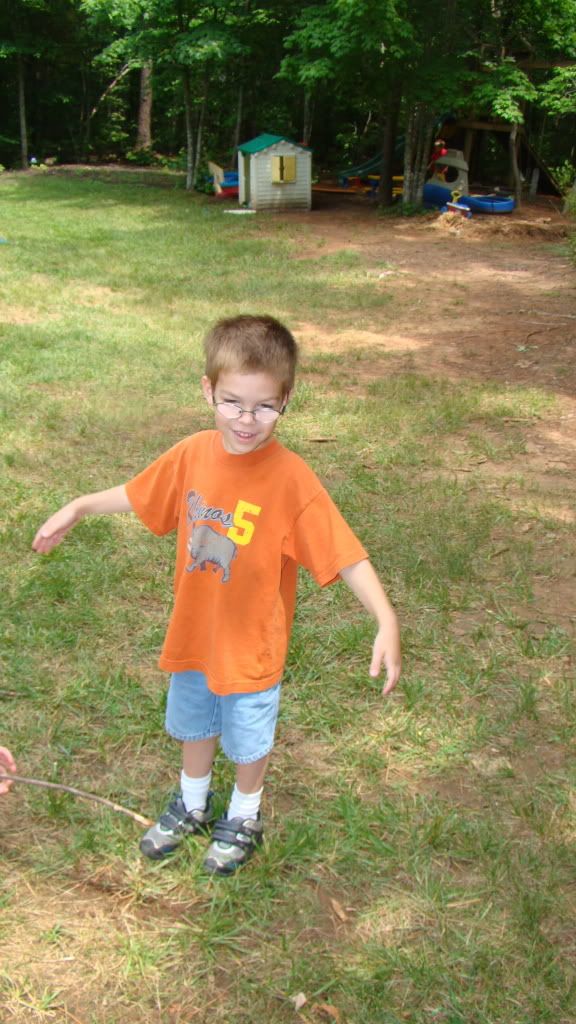
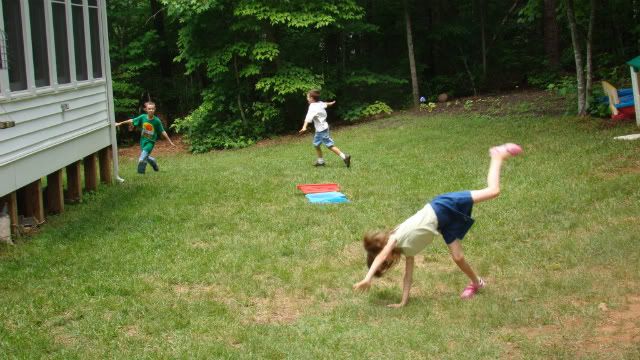
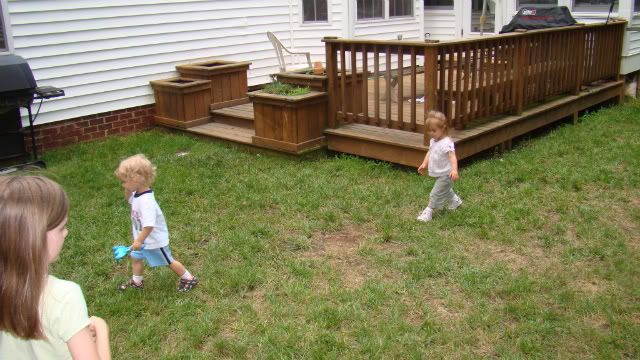
The largest dragonfly is found in Costa Rica. It has a wingspan of 7 1/2 inches. The children used a ruler to compare this length with their feet, hand, etc to get an understanding of how large this insect could be.
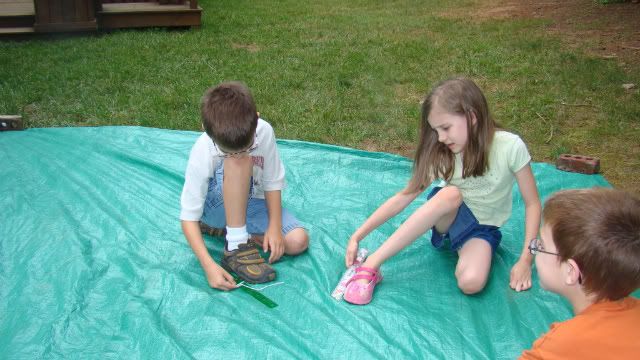
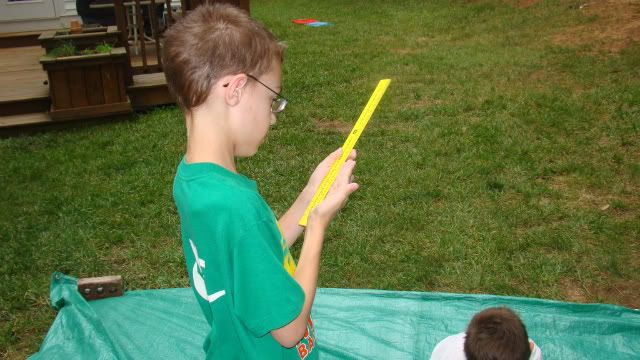
Dragonflies live most of their life in the water before becoming an adult. While underwater they eat mosquito nymphs, tiny fish, and pollywogs. When they have matured to airborne insects, they catch mosquitoes and gnats in mid-air before devouring them.
We had the children catch their “prey”/snack. We used goldfish and this activity was a big hit!

For snack we had them make their own dragonfly. They used gummy worms for the body, fruit roll-ups to make the wings and gummy life savers for the eyes.

For the craft activity, we had the children make a dragonfly from model magic (Daniel) or sculpy (older kids). We talked about the parts of the body as they formed the clay. They did a great job making the 3 parts of the body, the large compound eyes, the legs, antennae and more.
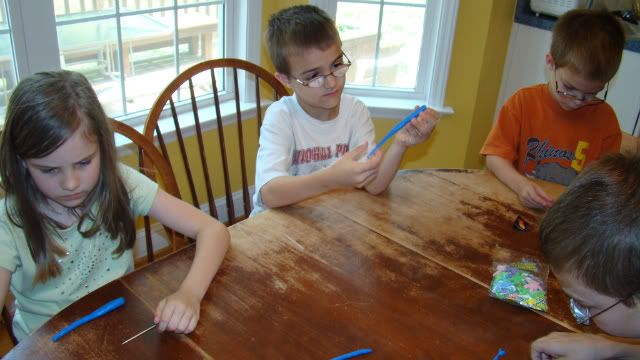
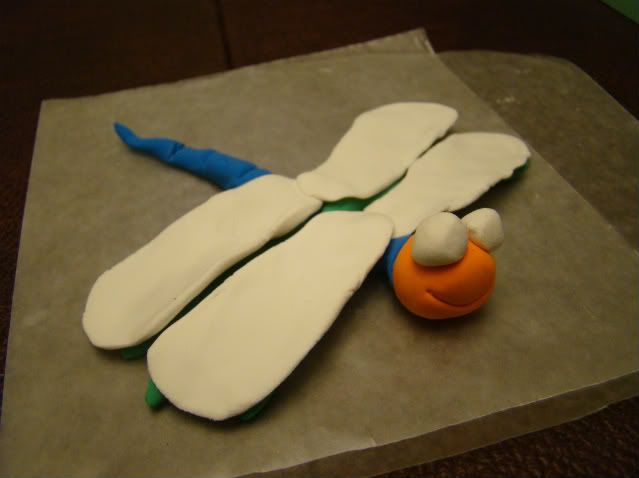
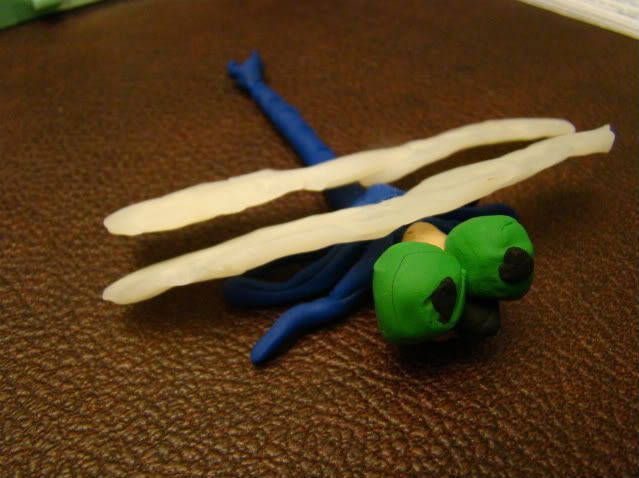
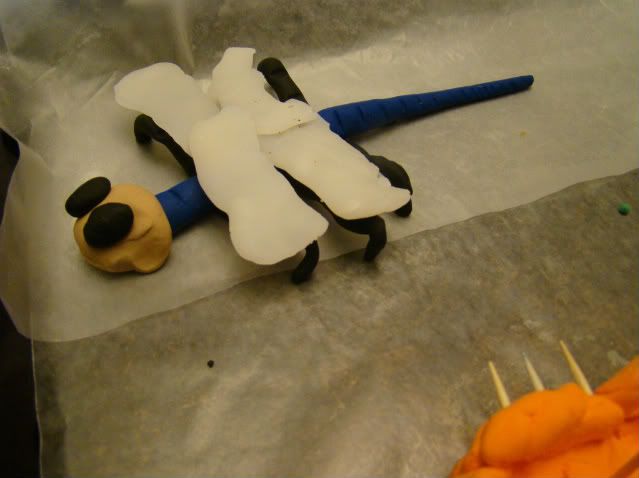
The younger two made pretty dragonfly pictures by glueing foam dragonflies onto the paper.
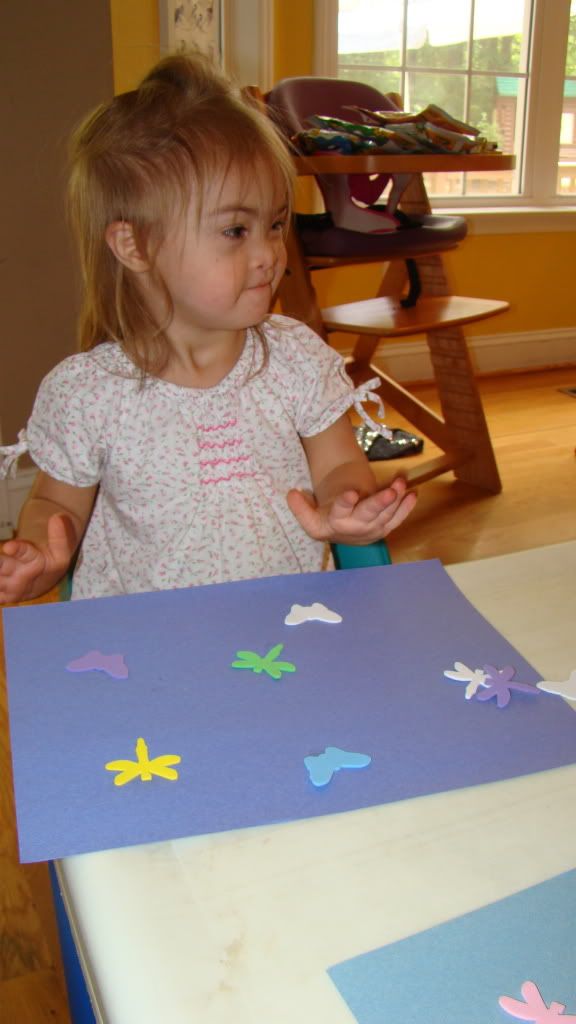
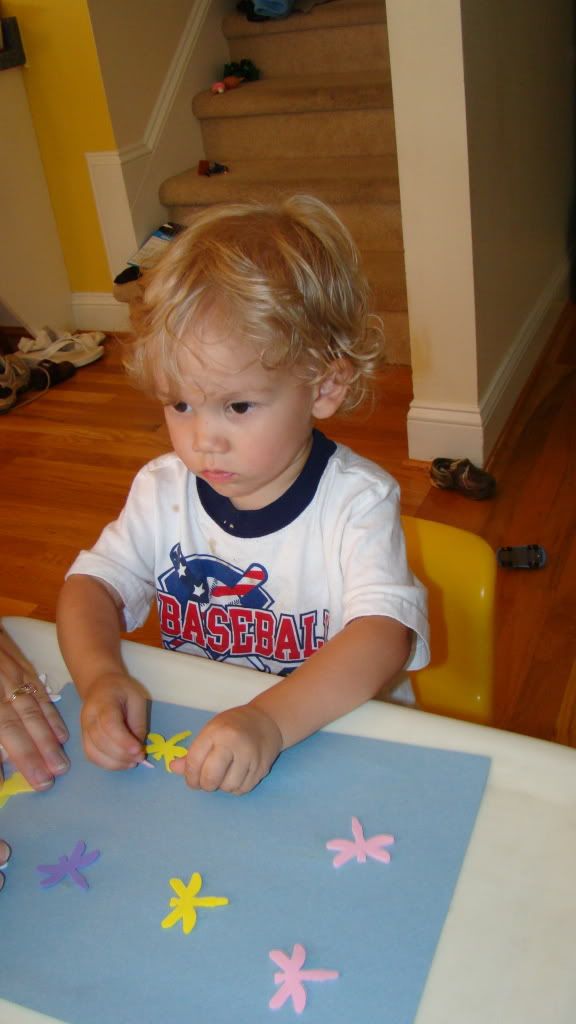
Is a dragonfly a fly?
No. Flies are insects with two wings. Dragonflies have four wings. However, both flies and dragonflies are insects, meaning that they have six legs and three body parts: a head, a thorax, and an abdomen.
Why are they called dragonflies?
The name comes from their fierce jaws, which they use to catch flies (among other winged insects).
Are dragonflies like other insects?
Dragonflies and damselflies belong to an order of insects all their own, called Odonata. Although the two are similar, damselflies are smaller than dragonflies. In addition, damselflies can fold their wings over their backs when they are at rest. Dragonflies can't fold their wings, so they rest with their wings held straight out.
Are dragonflies beneficial to humans?
You bet they are! In fact, dragonflies are sometimes called "mosquito hawk" because they catch and eat so many mosquitoes. Always on the hunt, dragonflies consume gnats, flies, and mosquitoes--all of which humans consider pests.
Why are dragonflies such good hunters?
Dragonflies' ability to maneuver makes them able to out-fly their prey. But dragonflies also have the advantage of excellent eyesight. If you've ever watched dragonflies, no doubt you have noticed their huge eyes. Each of the two large eyes is made up of thousands of six-sided units. Together, these smaller eyes enable a dragonfly to detect even the slightest movement. To test this, try sneaking up and catching a dragonfly. You usually come up empty-handed.













